At the start of 2023, a couple of months after a trip to Jamaica with friends, where we spoke extensively about our hair, I made my first new year resolution in more than a decade. I was going to try a wider variety of hairstyles. For most of my 20s, I had two styles: long, dark, medium-sized box braids (where hair is divided into square sections, and each is then braided into a single plait) or, very occasionally, a weave. Now, I decided, I would switch things up – whether trying a new colour, length or type of braid.
This may not seem groundbreaking but for me it genuinely was. It was never just about hair, it ran deeper than that. I had come to realise that my own understanding of stereotypes about Black women had been learned from years of experiencing microaggressions: from comments on how good my English was, despite being British, or being followed around supermarkets by security guards – as well as seeing how women who looked like me were portrayed on TV. Without my knowing, on some level, I had become increasingly conscious of the “vibe” I was giving off, before I even spoke. This, in turn, had influenced my hair, dress sense, and, at times, my very behaviour. I wanted to break free from internalised prejudices I didn’t even realise I had.
Growing up in the UK, my hair was my way of trying to minimise false assumptions about me based solely on the colour of my skin. Throughout my 20s, the styles I went for were “safe”, nothing that could be misconstrued as conforming to some sort of stereotype, such as being “messy”, unkempt, or even unclean. Society is already unfairly rigged against Black women: more than two in three Black professionals have experienced racial prejudice at work, and Black women are considered the least desirable on dating apps. Why give society another excuse to treat me unfairly?
Emma Dabiri, an Irish academic and author of the 2019 book Don’t Touch My Hair, also feels a shift in how others engage with her when she wears different styles. With straight-back cornrows, she is “treated more aggressively by people,” she says. But beyond hostility alone, “the difference in how I’m treated when I have my afro v goddess braids, a style which is long and conforms to established notions of femininity, is night and day,” too, she adds. Goddess braids see strands of hair added to plaits to create a long wavy flowing effect. Natural black hair “generally grows up rather than down,” she says, which doesn’t fit into “a western construction of femininity that has now been spread all over the world.”
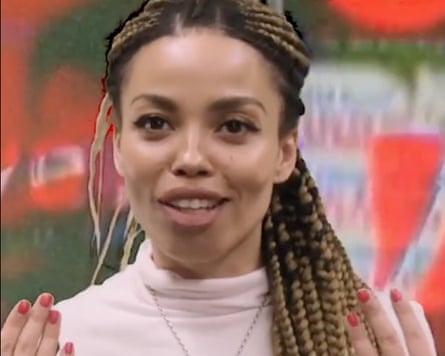
The natural hair movement, which saw Black women embrace their hair texture rather than straightening it, originated in the US during the 1960s. At the time, the movement centred on wearing an afro and was on a small scale, often limited to homemade hair products.
It had a resurgence in the early 00s, though, thanks to technological advancements and to an extent, social media, and online tutorials. At the same time, there was an increasing awareness of the dangers of products that were once widely recommended which have been linked to severe health problems. For better or worse, new products appeared on the market which seemed to reflect not simply an acceptance of Black hair, but an embrace.
Many women used this as an opportunity to embrace new styles. In 2009, Solange Knowles, did the Big Chop, a term used in Black communities to define a dramatic haircut one does to get rid of chemically processed or damaged hair. She has since become known for platinum blonde braids and a full head of beads. But, in turn, this embrace of textured hair came with unwanted comments, touching and judgment, perfectly exemplified by Knowles’s subsequent song Don’t Touch My Hair in 2016. Indeed, 93% of Black people in the UK have faced microaggressions related to their afro hair, according to a 2023 study. However, Dabiri says: “We’re seeing a shift back towards hairstyles that conform to Eurocentric beauty standards.”
According to St Clair Detrick-Jules, author of My Beautiful Black Hair, which features more than 100 first-person accounts from Black women on their hair, texturism – discrimination against someone based on their hair texture often under the premise that hair that more closely resembles a white person’s is more desirable – is a prevailing issue in Black communities. “Even within the natural hair movement, within our own community, people with looser curl patterns are considered more beautiful, attractive, or professional,” she says. Dabiri agrees: “We have to develop a genuine love for Black hair that is not long, that is not curly, that is tightly coiled.”
As a child, my mother embraced my natural hair and encouraged me to try a variety of looks. That all came to a halt in my teens when hairdressers began refusing to do my hair because it was “too afro-y” and, therefore, in their eyes, too difficult to manage. This is all the more eye-opening when you consider that I grew up in east London, a place seemingly known for its diversity. I remember a white male teacher calling me into his office to explain why he thought my hairstyle wasn’t nice. Hair mishaps are a rite of passage for most teenagers – but a bun with a fringe is hardly a reason to be taken aside. Yet even to this day, Black girls are still more likely to be sent home for “inappropriate” hair. On some level, I must have internalised what he said though; relaxing my hair and putting it into “neat” braids became my go-to style for years.
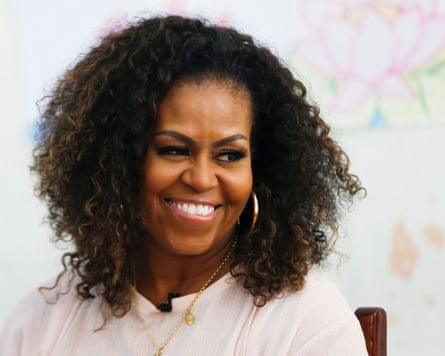
For me it wasn’t until 2019, when I saw a video of Dabiri in a style known as Fulani braids, a mixture of cornrows and single plaits, which she wore with brown and blond hair extensions, that things changed. In the video, she explained the term “blackfishing” for i-D magazine. Mesmerised by the mixture of natural and gold colours, I did the same to my own hair.
That same year, Dabiri released Don’t Touch My Hair, a series of essays on Black women and hair. In it, she wrote: “In our desire to see our own beauty acknowledged, we forget that the beauty regime is an oppressive construct designed to keep women in a state of heightened insecurity.” Six years later, Dabiri says: “When I wrote that book, I felt very optimistic about many things. It was just a different era and I’m glad I wrote it then.”
Detrick-Jules says “representation really does matter, and there have been positive changes,” pointing out two notable examples of women in the public eye wearing their natural hair: Michelle Obama, who “started embracing more Afrocentric hairstyles” after leaving the White House, and Viola Davis in the American legal drama How to Get Away with Murder, where her character, “takes her wig off and reveals her natural hair.”
“It’s not that I think celebrities are superior, but they have such a huge impact on how we, especially as women, perceive ourselves and our beauty,” she adds. The fact that a new crop of hair brands by and for Black women, which includes Cécred by Beyoncé and Pattern Beauty by Tracee Ellis Ross, have made it into the mass market is not insignificant.
Looking back, my copying Dabiri’s hairstyle is a prime example. My hairstyle had been intransigent for years. All it took was for someone I admire, and who looked like me, to push me in a new direction. “It just goes to show that you never know what will influence someone,” Dabiri says. “It’s important for people to see somebody like them in the mainstream with cornrows or even a big 'fro.” Detrick-Jules adds: “We also see it on an everyday level. The more you see your Black female teachers with natural hair, for example, it has a positive upward spiral – a domino effect.”
Community helps too. Charlotte Mensah, founder of the award-winning salon Hair Lounge on Portobello Road, west London, remembers the joy she felt on seeing a Black female employee at Google “confidently wearing a beautiful full head of auburn faux locs,” a dreadlock-style look which involves blending synthetic hair extensions with natural hair and which felt happily unexpected in this setting. “Few things have made me smile as much this year,” says Mensah. “A style that might once have been dismissed as ostentatious was being worn proudly at one of the largest corporations in the world.”
When I was a teenager, it was hard to find extensions that properly emulated the look of natural hair let alone salons that catered to it. But during the pandemic, when I was thrust into doing my own hair again, I realised things had changed. I even tried a wig for the first time. Clients at A-list Lace Hair, a shop in West Kensington founded in 2009, include Naomi Campbell, Knowles – and now me. The brown wavy mid-length wig allowed me to put my hair in a protective style underneath (a technique used to shield hair from environmental and styling stress).
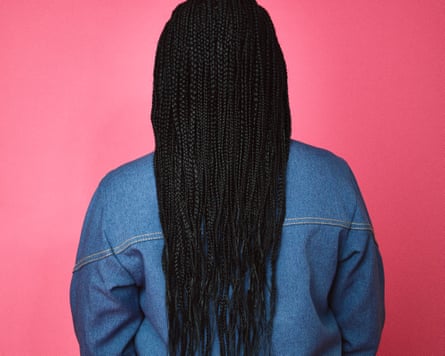
“Over the past 15 years, I’ve seen a remarkable shift in how our clients view wigs,” says founder Antonia Okonma Shittu. “What once may have been seen as a necessity for managing afro-textured hair, or adhering to professional standards, has evolved into an empowering form of artistry.” Wigs, she says, “are deeply emotive for many Black women because they represent more than just a styling choice – they’re tools of self-expression, reinvention, and empowerment.”
As I gained confidence in my ability to look after my natural hair, and grew out the chemically altered parts, I then began wearing afro-textured hair extensions by Ruka Hair. The hair looked so close to my own that it essentially enhanced my afro, adding length rather than truncating it “Growing up and navigating the beauty industry as a Black woman, I constantly felt excluded,” says one of the founders, Tendai Moyo, who knew something had to change when she realised that this wasn’t just her struggle “but a universal pain point for Black women.”
Reflecting on how I styled and treated my hair all these years has allowed me to unlearn a lifetime of being told that my Blackness made me less beautiful, less equipped for the job, less worthy of a Tinder match. I still love my braids – my weaves, too. Funnily enough, when I recently got my hair done (the style you see in this piece), I went for the braids that started it all, but now they take on a new meaning for me, one that doesn’t include beauty standards designed for me to fail.

 7 hours ago
2
7 hours ago
2


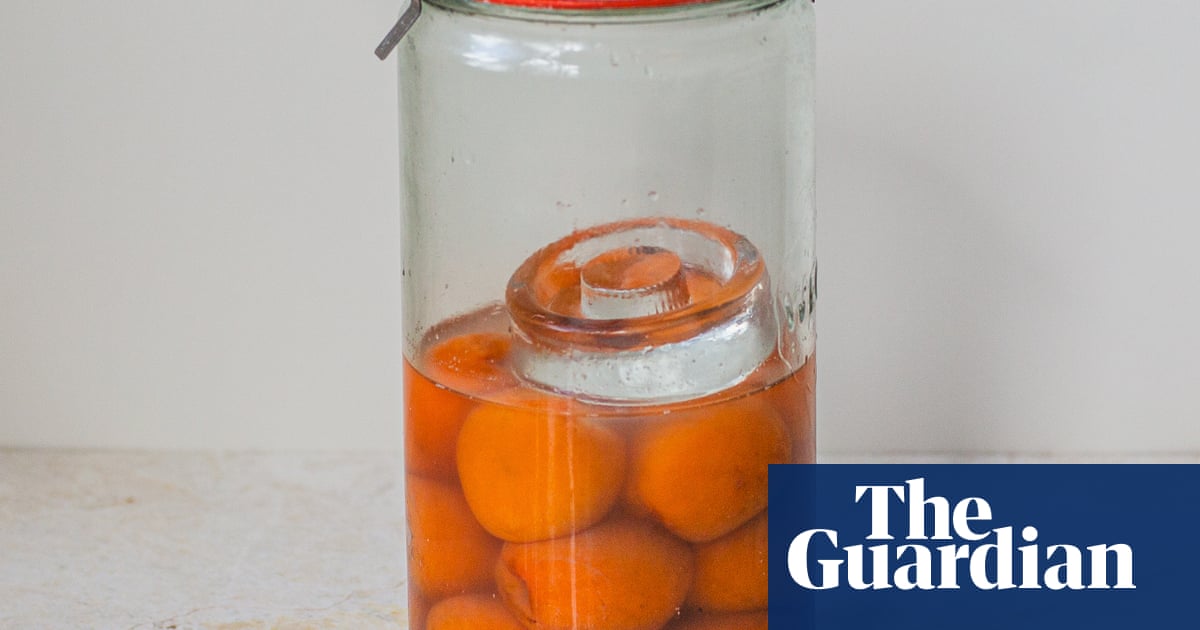
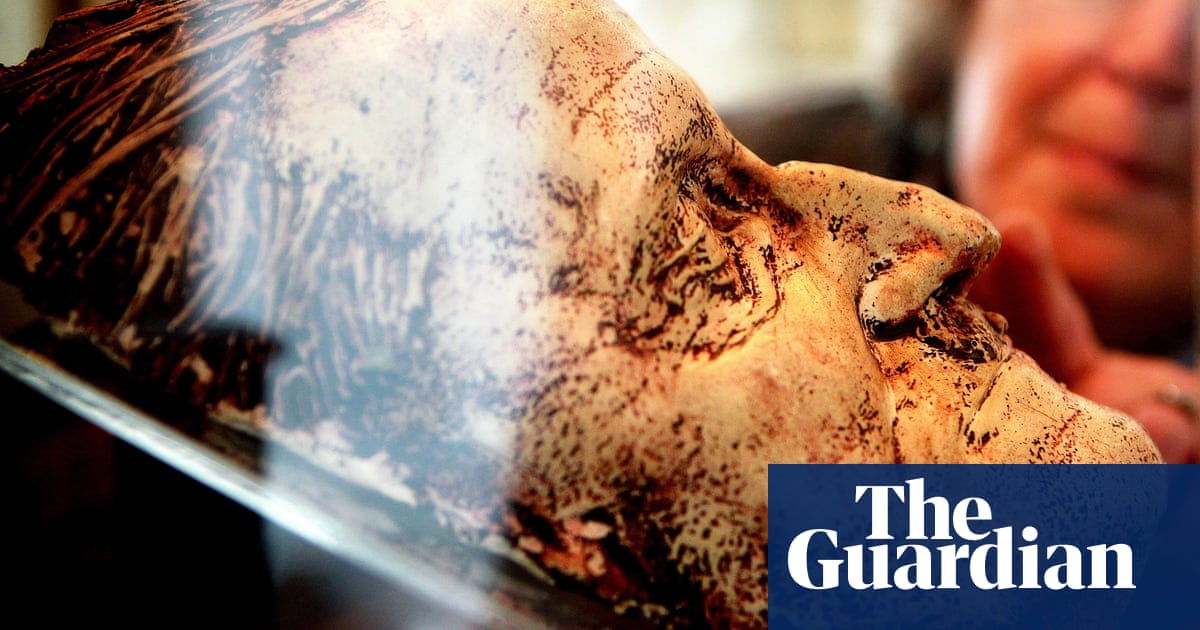


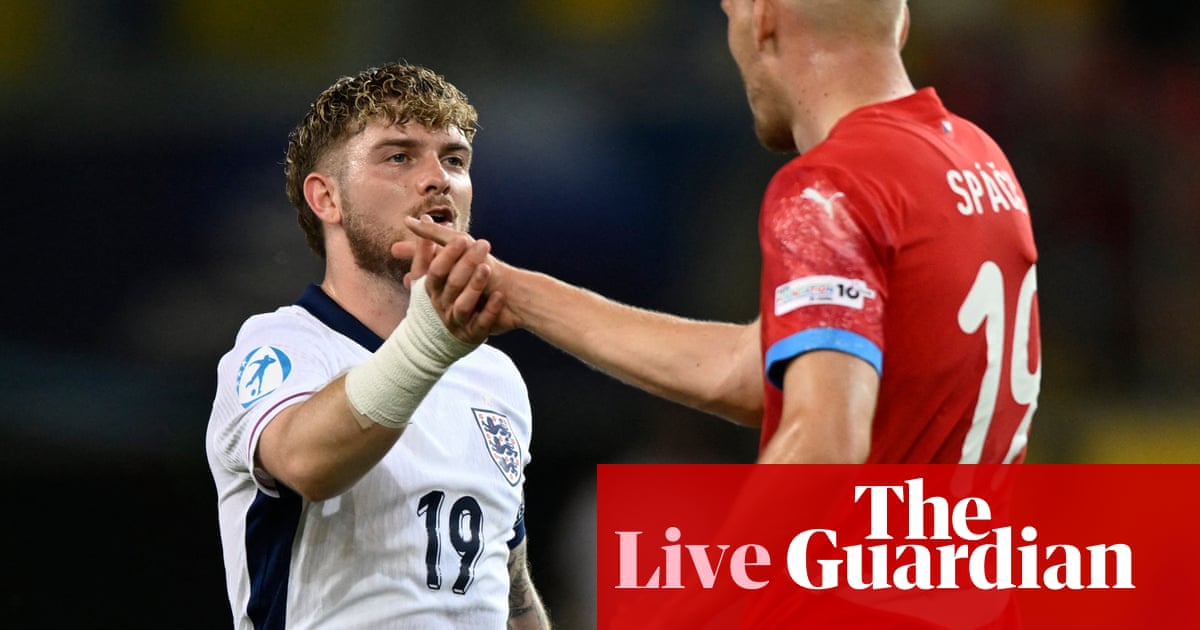

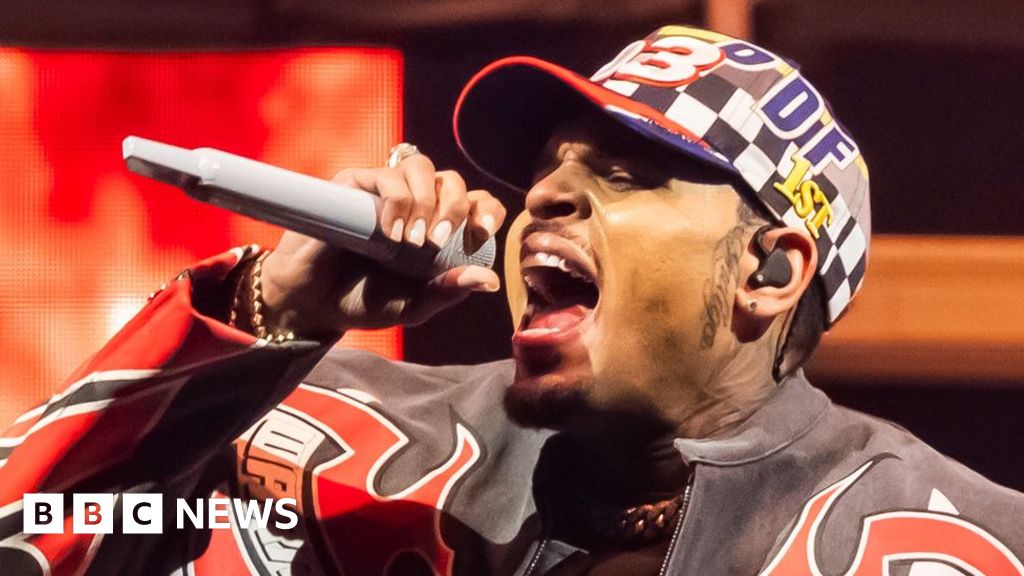

 English (US)
English (US)